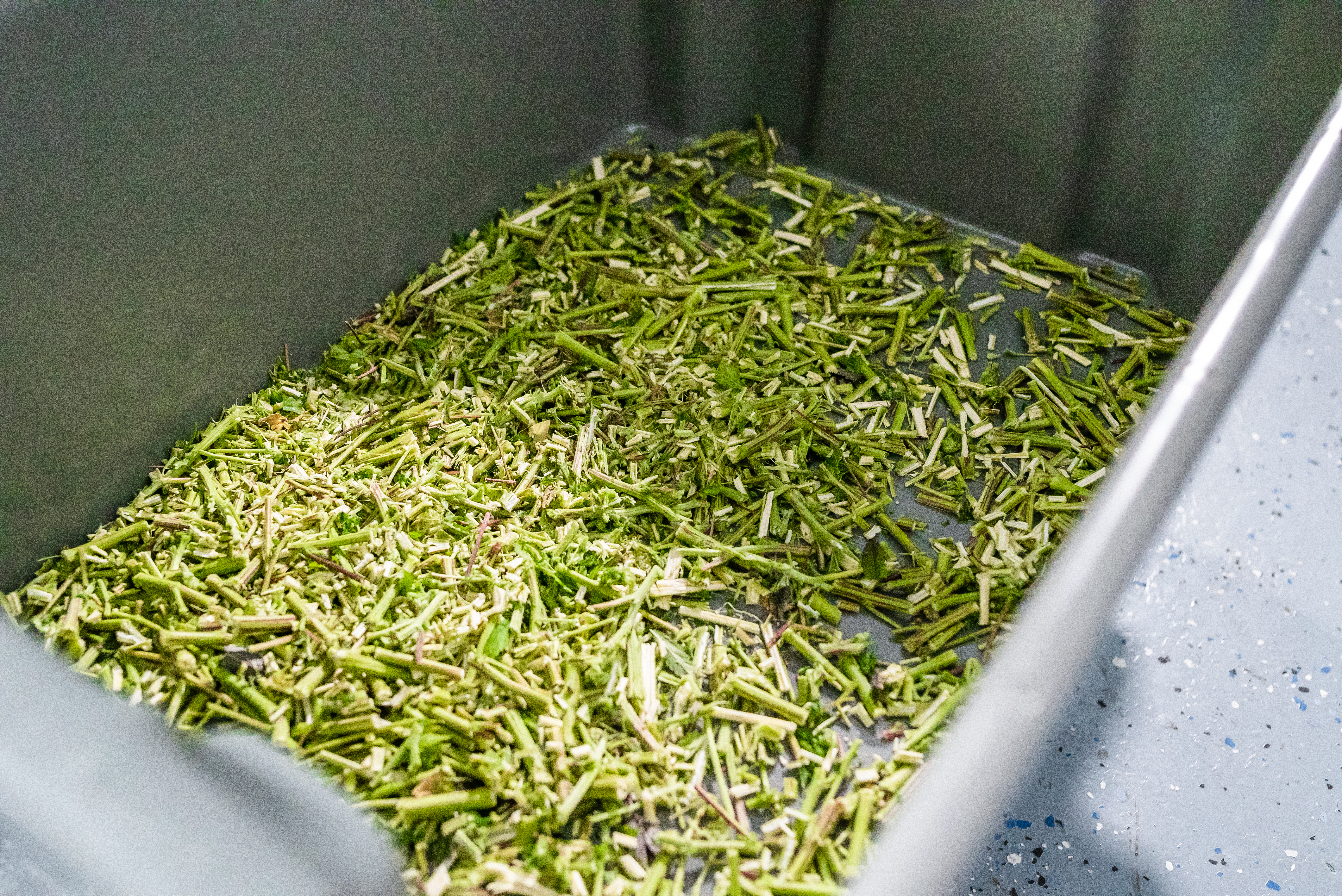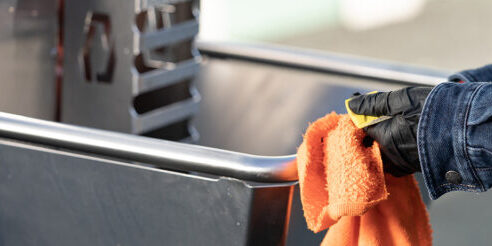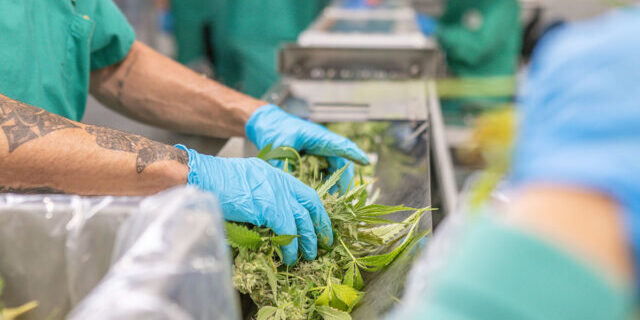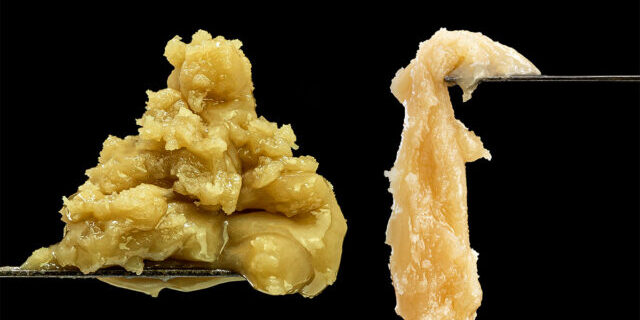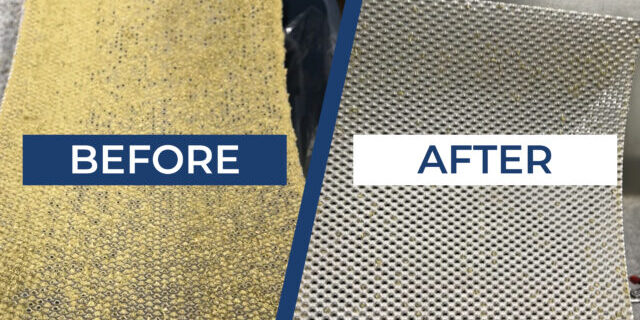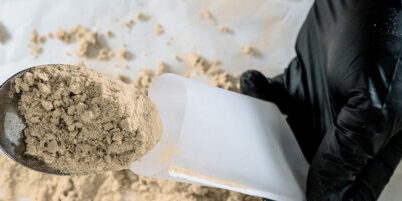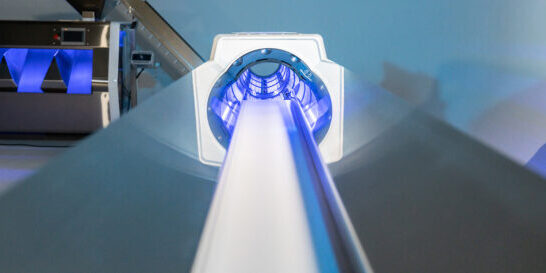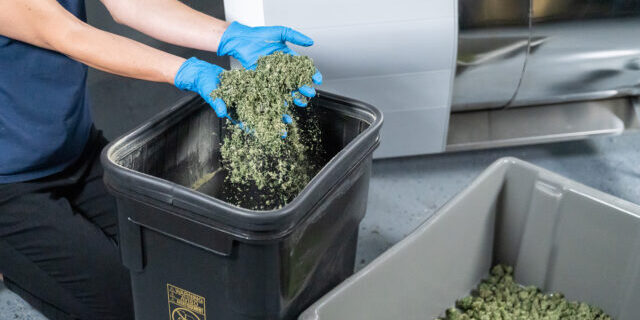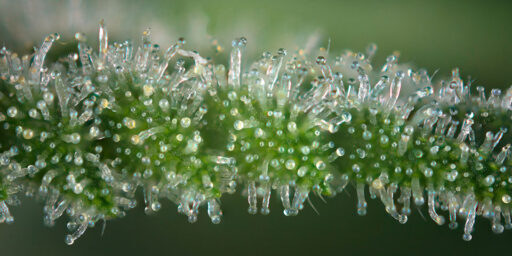How To Increase Production Capacity With The Best Cannabis Bucker
Discover how to use cannabis buckers to enhance your bucking process and drive down labor costs. All while maintaining quality control.
A bud bucker expedites processing and empowers commercial cannabis growers to operate at higher production volumes.
Bucking machines — which separate the cannabis and hemp flowers from their stems by pulling the stems through a tight hole — have become a mainstay of commercial harvesting due to their dramatic labor savings and ability to handle large harvests.
This post shares the best practices for implementing a cannabis and hemp bucker for maximum efficiency, production speed, and product quality.
How to Optimize Workflows Using The Cannabis Bucker
In the cannabis industry, a bucker creates healthy new problems within your processing plan. Because a mechanical bucker significantly outpaces its human counterparts buying a bucker is like adding five extra employees to the workforce.
Considering this, bucking is a powerful yet affordable solution for growers to optimize an operation.
Reconfigure Staff
To keep pace, you will need to redeploy staff to feed material into the bucking machine most efficiently. More people will be chopping plants and separating stems, and fewer will be bucking.
If you have a harvest/bucking team of six people, you will likely deploy four as choppers who take down the plants and separate the stems. The remaining two will operate the bucker.
Once the flower is collected from the bucker, a cannabis conveyor can seamlessly transport the detached buds into a throughput trimmer such as the Mobius M108S.
This process ensures a smooth infeed for trimming and further reduces the labor of the alternative method: accumulating flowers in a bin below the bucker, which workers empty periodically. Utilizing a cannabis conveyor also ensures that the flowers are not compacted under the accumulated weight of the other flowers in the bins. The faster fresh flowers can move from the plant into the trimmer the more open the flower structure and faster the machine will be able to trim the material resulting in less trimming time and potency loss.
Leverage All Efficiencies
Another aspect of your workflow is waste disposal. In some jurisdictions, cannabis material must be chipped into smaller pieces and mixed with other waste such as cardboard in order to be rendered unrecognizable. In other markets, disposing of waste is simply inconvenient and costly.
The Mobius MBX Bucker is a high-performance bucker that makes stem disposal easy with an onboard chipping system. The stem chipper works simultaneously with the bucker to reduce the waste volume by 95%.
Also, consider the relative efficiencies of moving the bucker to the plants versus moving the plants to the bucker. Whichever option limits human travel time will be best, and your decision will factor in the location of downstream trimming equipment and the size and location of the plants.
Operating Your Bucker
Cannabis plant preparation will determine how well and quickly your bucker operates. For best results with your bucking process, abide by these guidelines:
- Cut the stems so the diameter of the stem at the cut point is approximately the same diameter as the remainder of the stem. If the cut is at a Y junction or bulbous node in the plant the operator will be forced to use a larger ho1le than required, which will result in product losses. In addition, be sure to leave enough stem for the machine to grab. About two inches works well.
- Upstream workers should align the cut stems and branches and pile them with the tops pointing in the same direction. This lets the bucker operators feed stems into the machine continuously, without rearranging the direction of plants.
- Use the smallest possible diameter input hole. When a too-large hole is used for a small stalk, the cannabis buds are likely to be mangled as the stem is pulled through the hole. A smaller hole ensures the flowers pop off cleanly.
- Consider removing the top flowers and large crown buds before mechanical bucking. These large, top flowers fetch a premium price, and a bucker may break them apart due to their size. To protect those top flowers, manual processing may be better depending on the product intention (e.g., loose flower compared to pre-rolls).
Additionally, top flowers reach chemical maturity earlier than lower flowers, so harvesting these flowers several days sooner may be best.
- Maintain cool temperatures in the processing room. Volatile organic compounds like terpenes begin to degrade immediately after the plant is harvested. High temperatures evaporate these compounds more quickly, so keep the bucking and processing areas at 60°F (15°C) or below if possible.
- Buck dry plant material more slowly. If you choose to dry your plants before bucking, they will be more delicate and vulnerable to damage.
Operate your bucker at approximately 1/4 to 1/2 speed for dry flowers, and make sure they aren’t too dry; a moisture level of 11-14% is best.
Frequently Ask Questions
Will a bucker break up my buds?
A bucker may damage flowers when used improperly at high speeds or with dried, material. It may also affect the aesthetics of the large top buds by breaking them into smaller flowers. For smokable flower when aesthetics and size are a concern, wet bucking is the preferred bucking method.
For some applications such as pre-rolls and extracts, flower size is unimportant. But, for cannabis growers marketing loose flower, it may be best to remove the top 25 cm (10”) of the stalk and buck those large flowers by hand.
Is a mechanical bucker faster than hand bucking?
Yes. A bucker creates exceptional labor savings and performs the work of 4-7 employees.
Why do I need a chipper?
The onboard stem chipper of the Mobius MBX saves both time and money. Without the chipper, wasted stems take up 20-25 times more space and increase disposal costs. They also take more time to maneuver to the waste area.
By chipping stems as you buck your plants, waste — both biological and financial — is greatly reduced.
Buy A Bucker For Quality
A bucker is a long-term investment that will influence your product quality and production speed for years to come.
When you’re ready for a bucker, make sure to purchase an industrial-grade machine that is compliant with Good Manufacturing Practices (GMP). A GMP-ready machine will ensure your compliance in the future and provide safe, hygienic production today.
Take The Next Steps
Hopefully, these tips will help you make the most of your existing cannabis bucker.
If you have further questions about your existing equipment — or are ready to purchase a Mobius MBX Bucker or other related products for the first time — contact us for a free consultation. Our customer service team loves to hear from potential customers!

